
What’s going on out on the land?
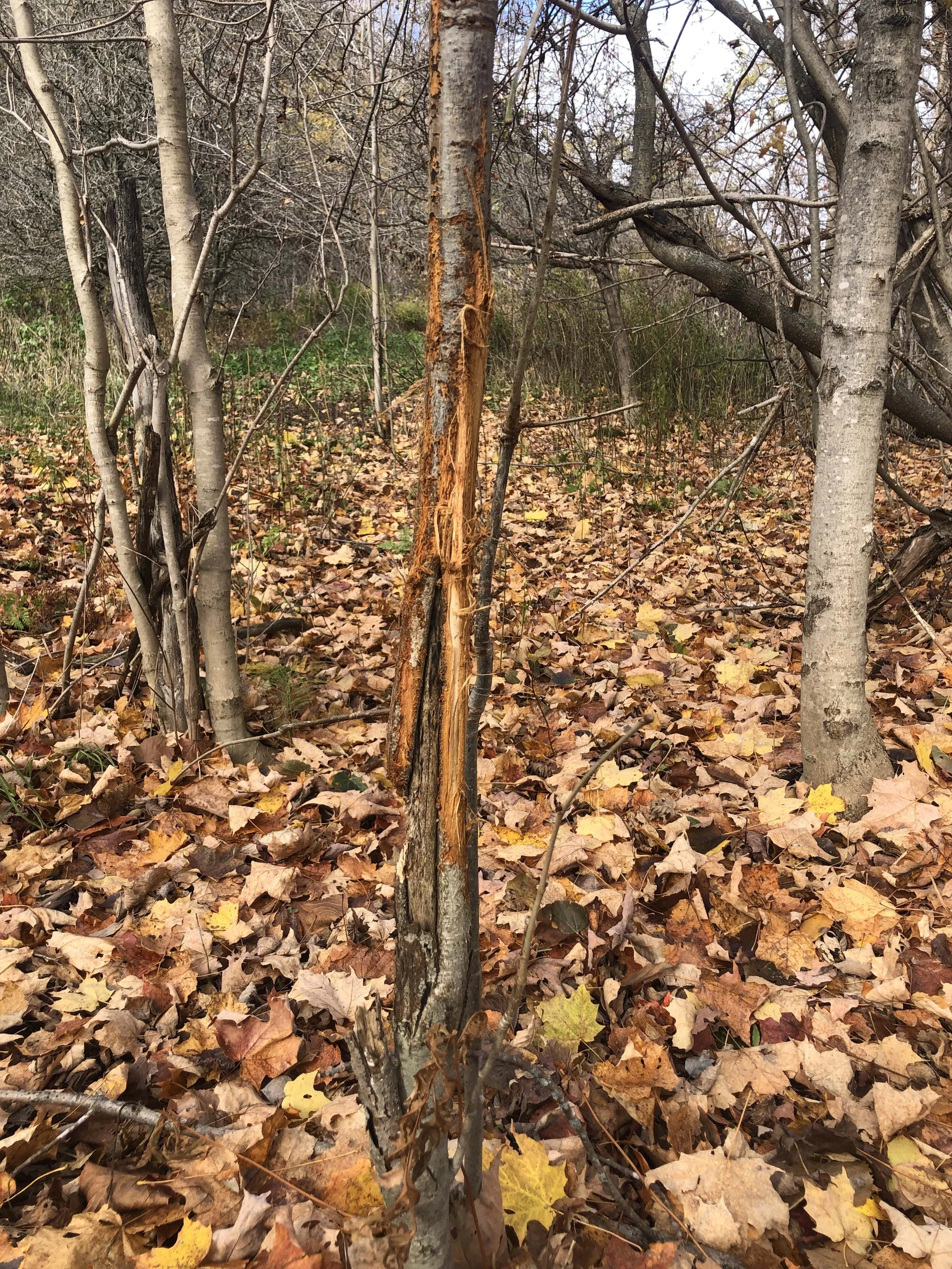
Signs of the White-tailed Deer Rut
While tracking White-tailed Deer at Mono Cliffs with the Earth Tracks apprenticeship, we saw lots of signs of the rut and the subtle ways deer communicate. We studied three main signs: scrapes, rubs and lick branches. Together, these clues form a multisensory language of scent, sight, and even ultraviolet signals that share details of identity, territory, and mating readiness. These clues along the trail are a real insight into how deer express themselves across the landscape in ways most of us overlook.
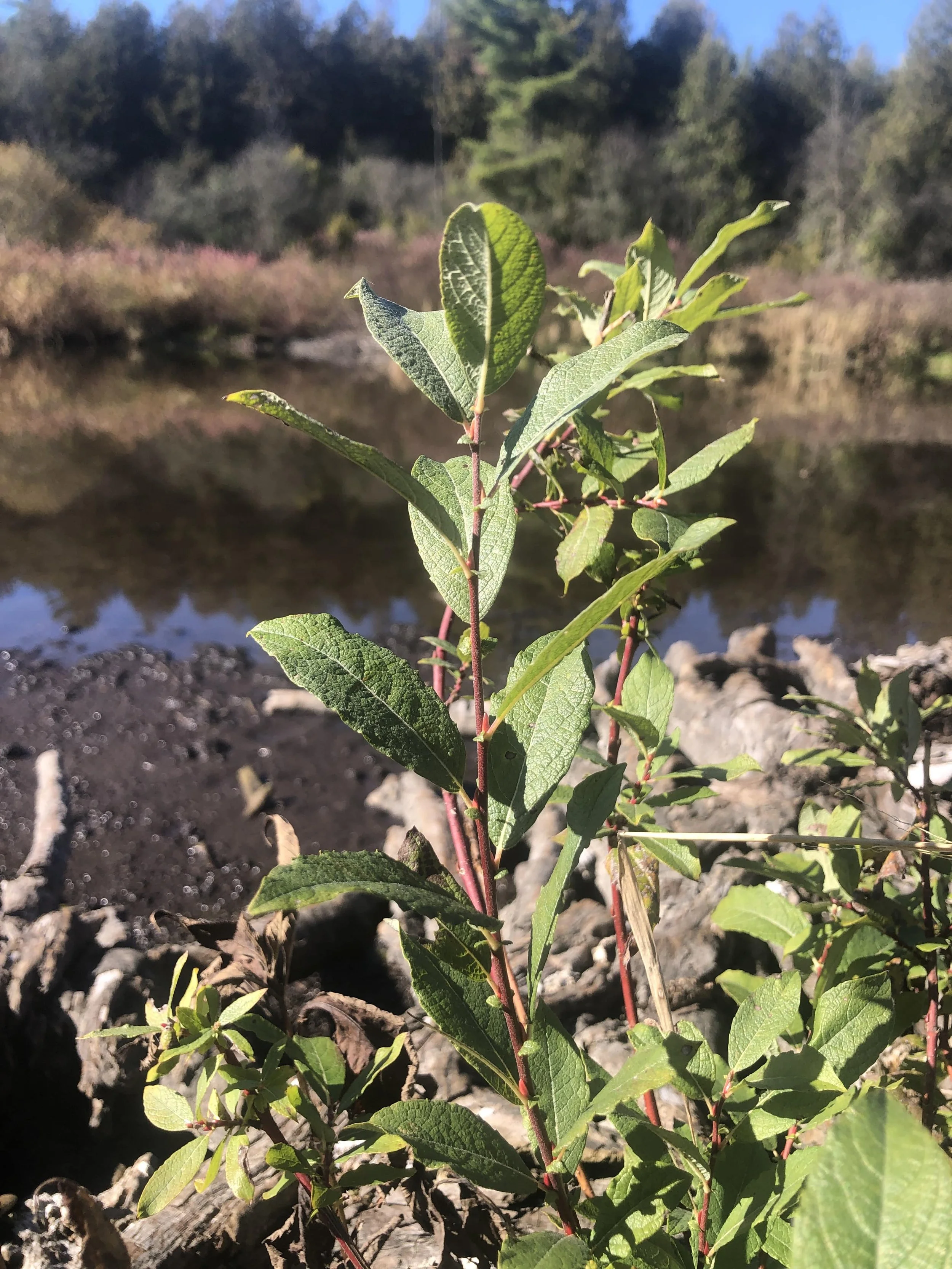
Considering Bebb’s Willow
Bebb’s Willow is a species I encounter commonly, but I do not know much about. I can’t even accurately identify them. They have become the subtle whisper of species ID I feel inside me whenever I cannot identify a small wetland shrub that sorta looks like a Willow. I have decided that I will take a closer look.

Early Days In The Lives of White-tailed Deer Fawns
There was a sudden movement directly under where my foot was about to land. Something large and pale brown jostled about and I quickly called out and stumbled back. It took me half a second to realize that the large pale brown shape that was moving away from me was a White-tailed Deer fawn. Reflecting afterwards, I realized that I didn't know much about fawns, so I had to find out more...
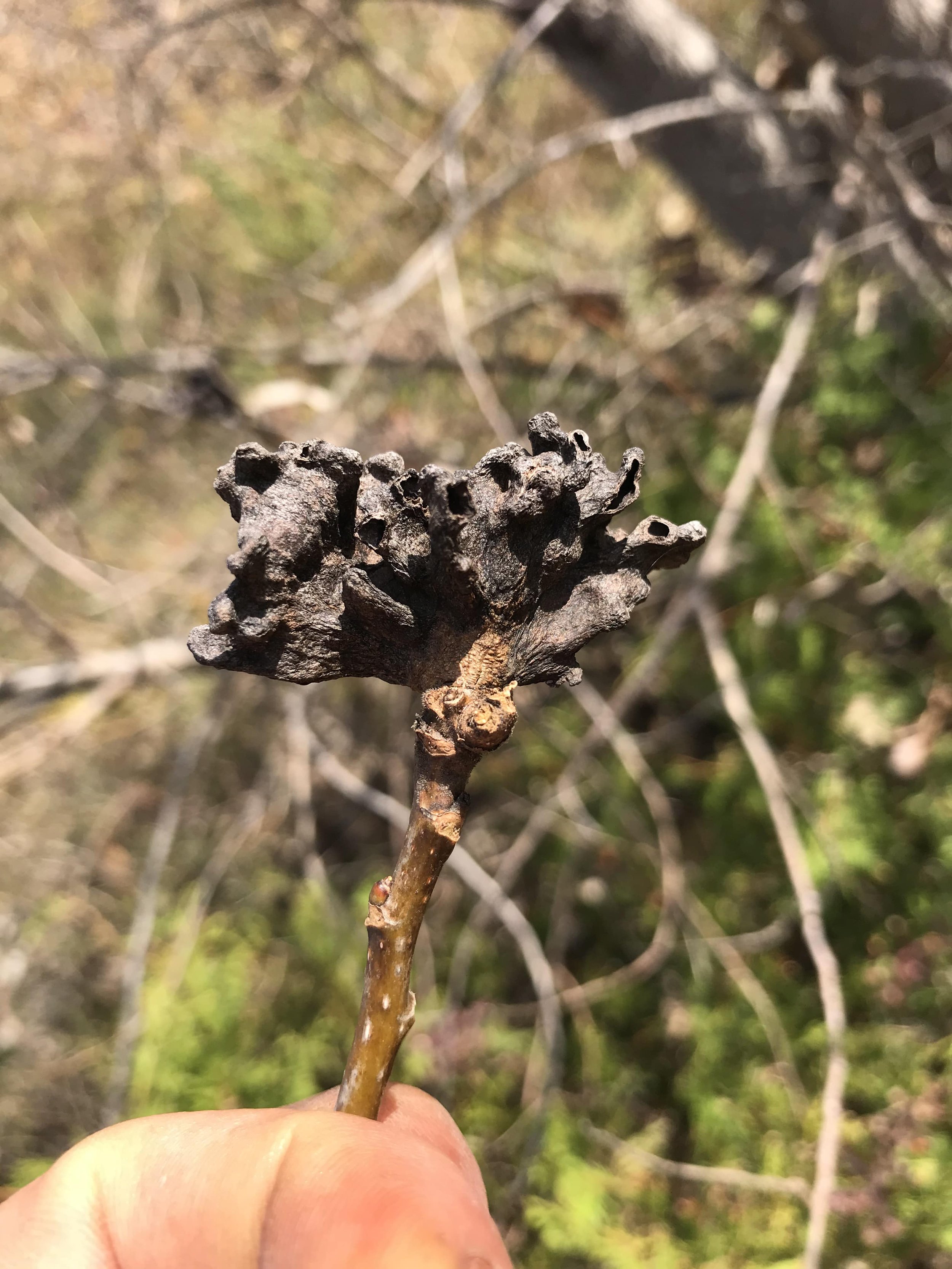
Poplar Vagabond Gall Aphid
I have been keeping a Question Book for years. It’s the greatest textbook I have ever owned. Each loving volume has been authored in partnership between the land and my own geysering, never-settling, curiosity. There have been many questions answered through research in my own library, the local university library, and online. For as many questions which have been answered, there are pages of unanswered mysteries. This is not for lack of searching, but perhaps the research has not come out yet, or I just don’t know where to look. Luckily today will be an indepth answer as to what the hell I have seen growing on the Poplar trees.
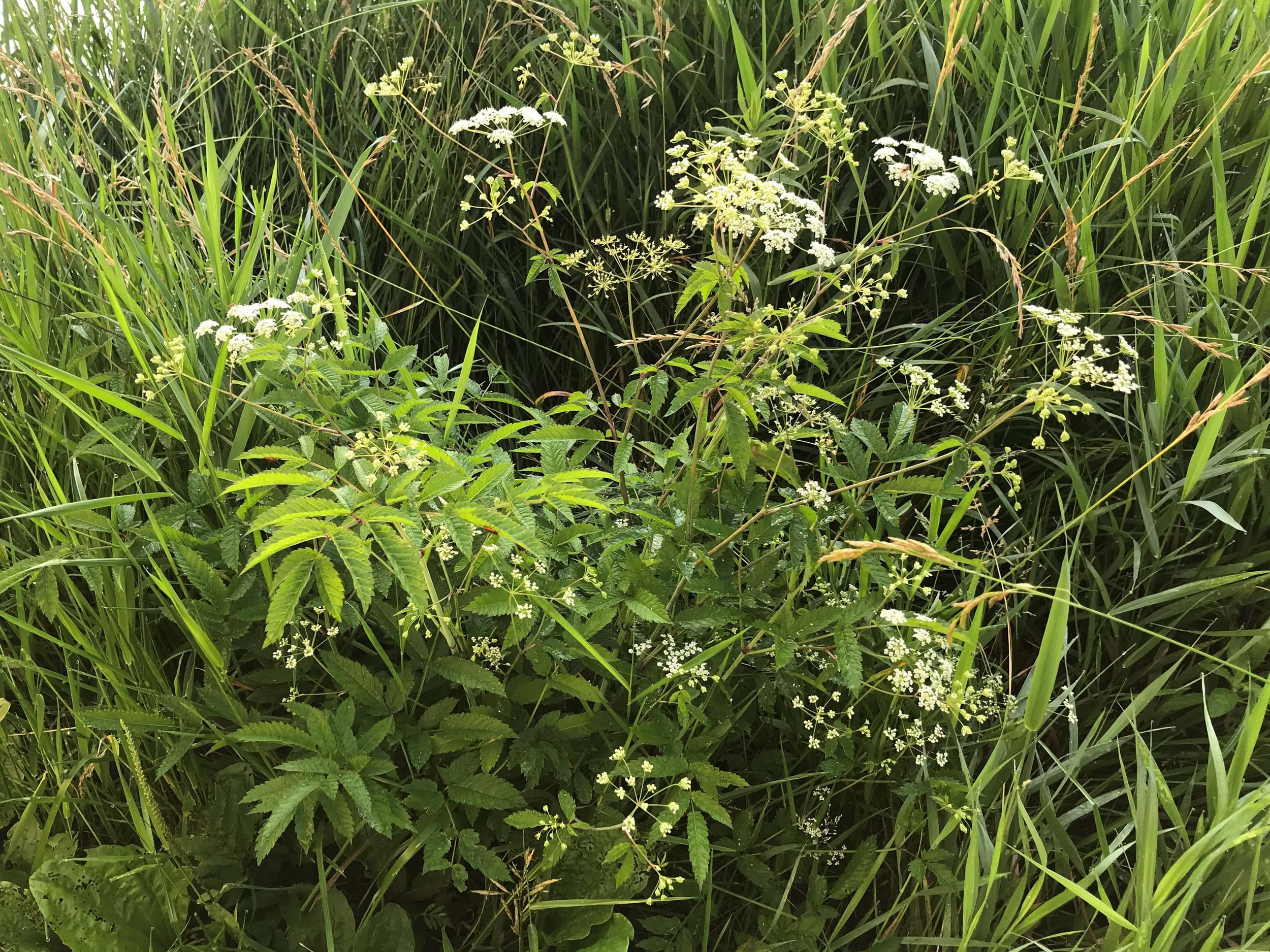
Exploring Water Hemlock
I have had a long curiosity regarding Water Hemlock ever since I had heard of it. Perhaps the most toxic plant on Turtle Island/North America. Of course I would be enamoured! I misidentified it for a couple of years thinking I knew who they were, but it wasn’t until the past four or five years that I began taking a closer look, seeking them out, learning the lore, and reading the sometimes sparse literature on the plant. This post is an effort to collect my thoughts and learning, along with a couple of good photographs.
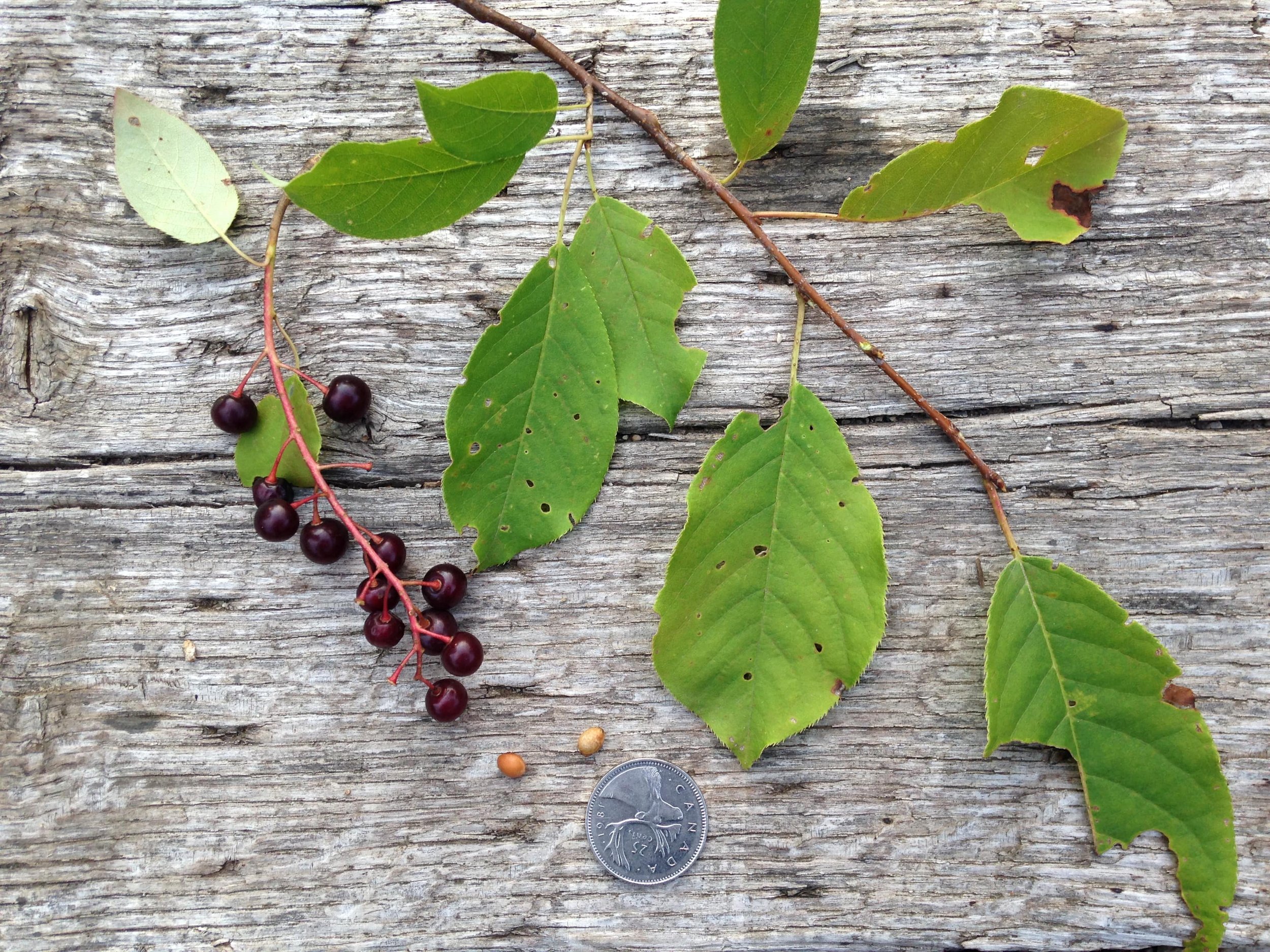
Considering Chokecherries
In an older blog post I mentioned that I had been watching a specific Chokecherry or the Anishnaabemowin name asasawemin, where I was looking at Eastern Tent Caterpillar egg masses and how the caterpillars had emerged. I ended up taking a closer look at the Chokecherry in the days following as my interest had been piqued.
Chokecherry is a role model. How can we be in good relationship with so many different life forms, transform degraded and barren anthropogenic landscapes in preparation for new life? Yes, there is a note of caution to be had, an awareness of potential hazards, but the overall theme of this shrub appears to be regeneration, repair and creating spaces for life to flourish again.
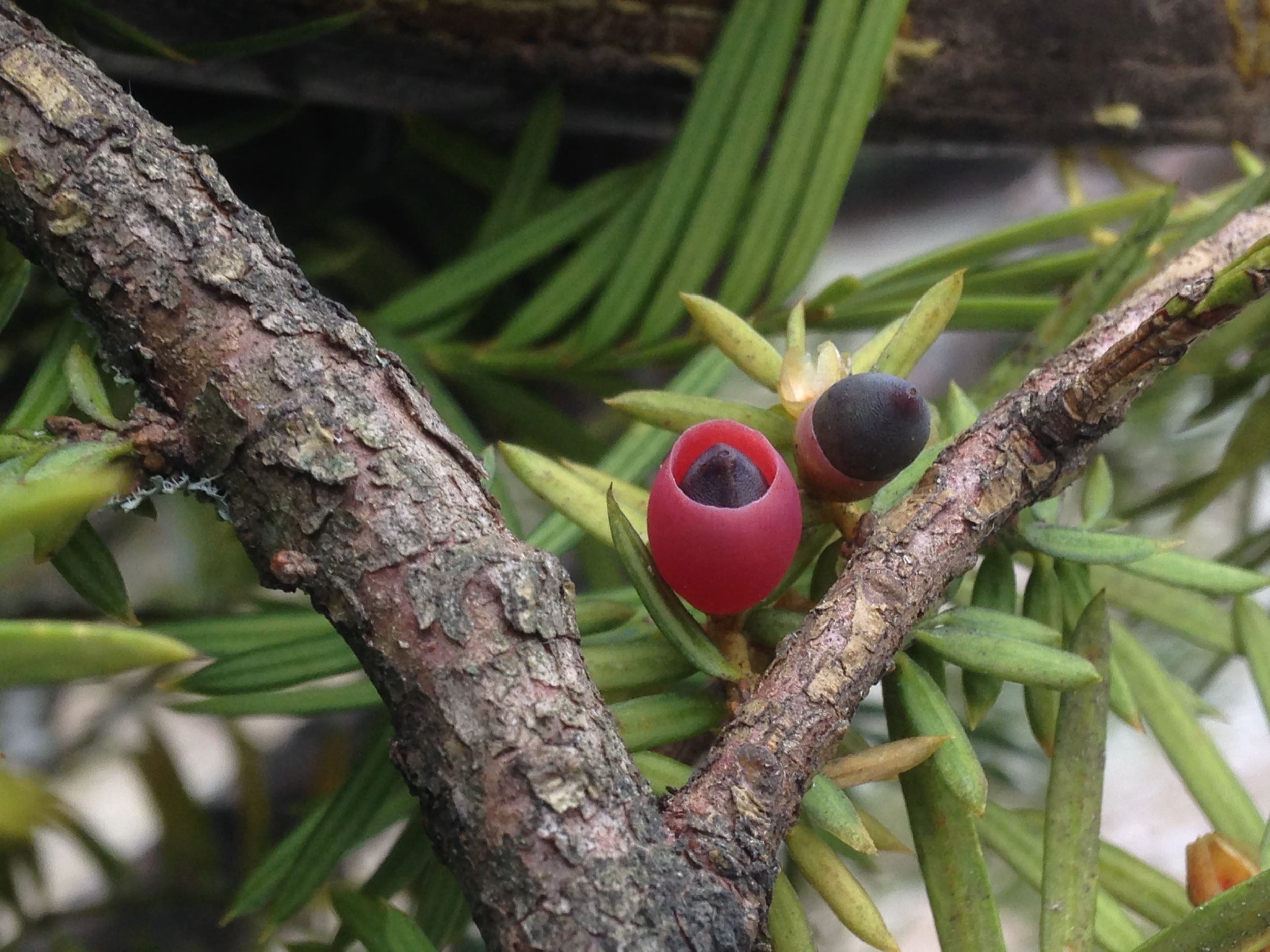
Death and Taxus?
A very brief exploration into Canada Yew and their deadly effects, especially on domesticated mammals.
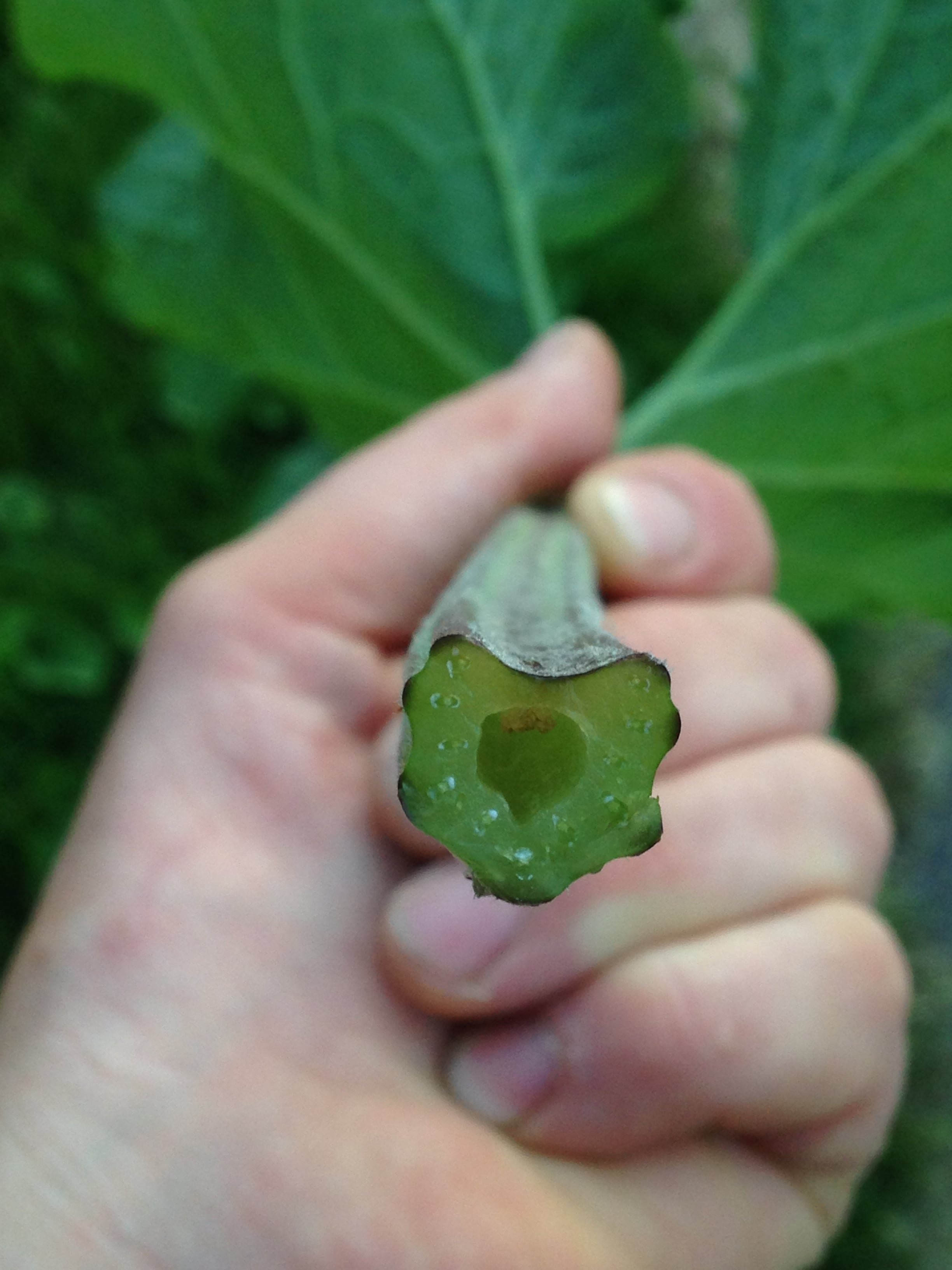
Common Burdock
A brief consideration of a common plant which often gets no consideration at all. Common Burdock (Arctium lappa or Arctium minus - often considered interchangeably) seems to grow everywhere, and while I have seen it a ton, I have not taken the time to really look and pay attention… until recently, that is.
